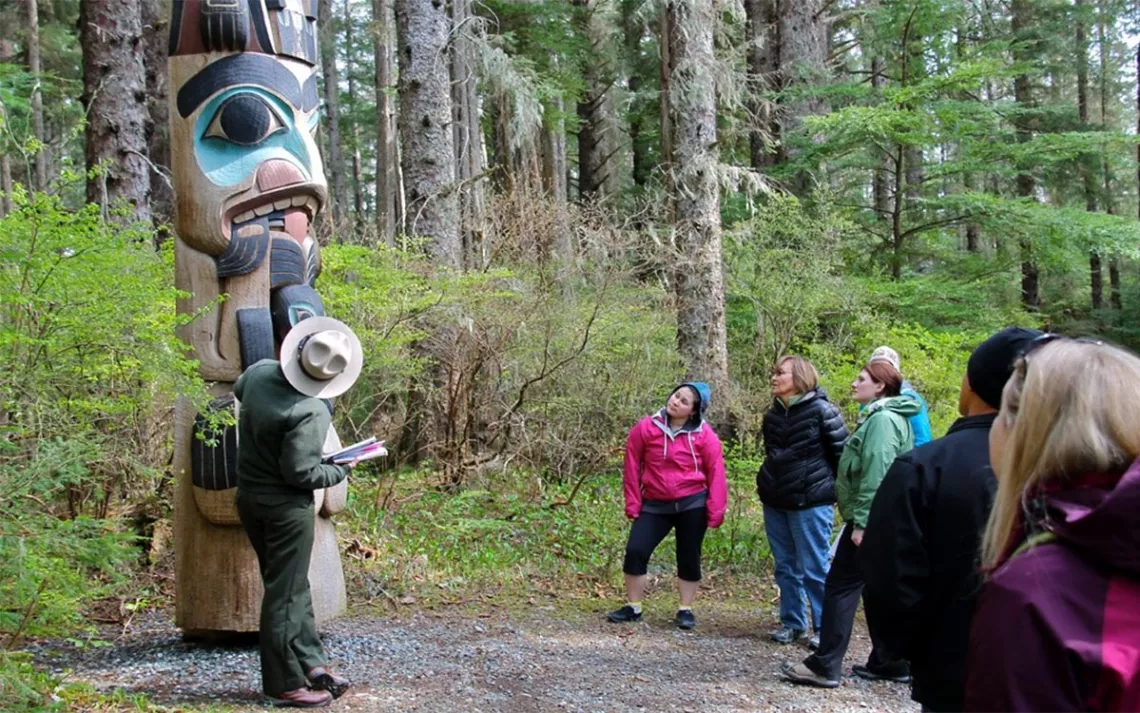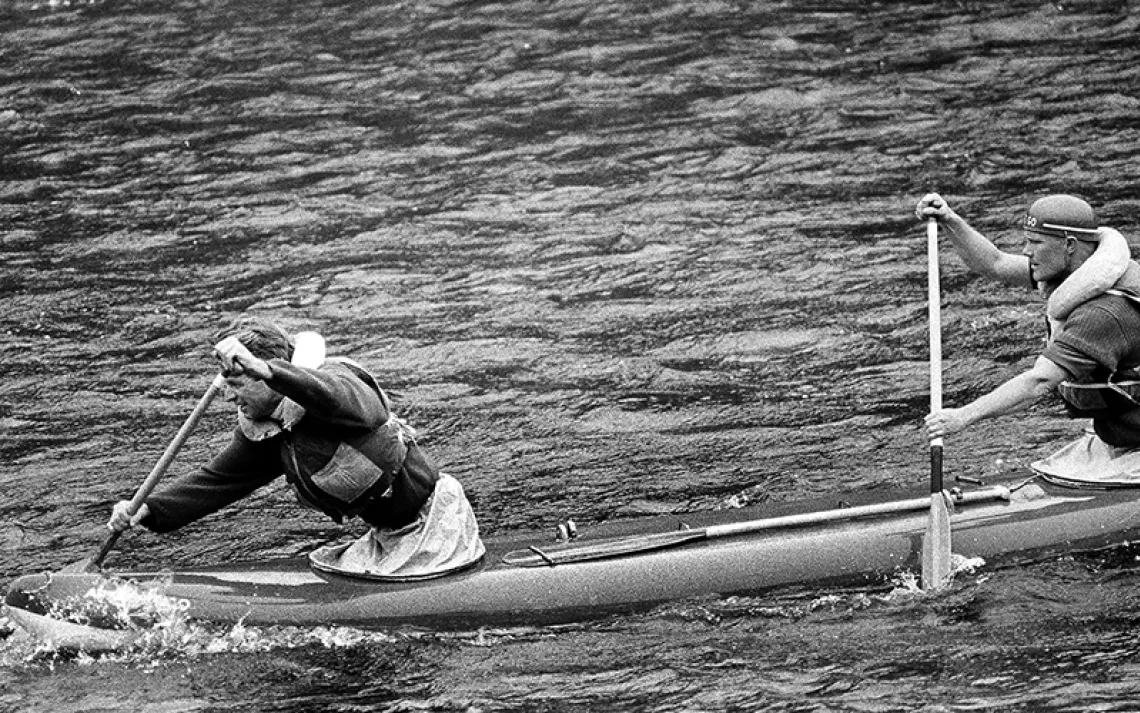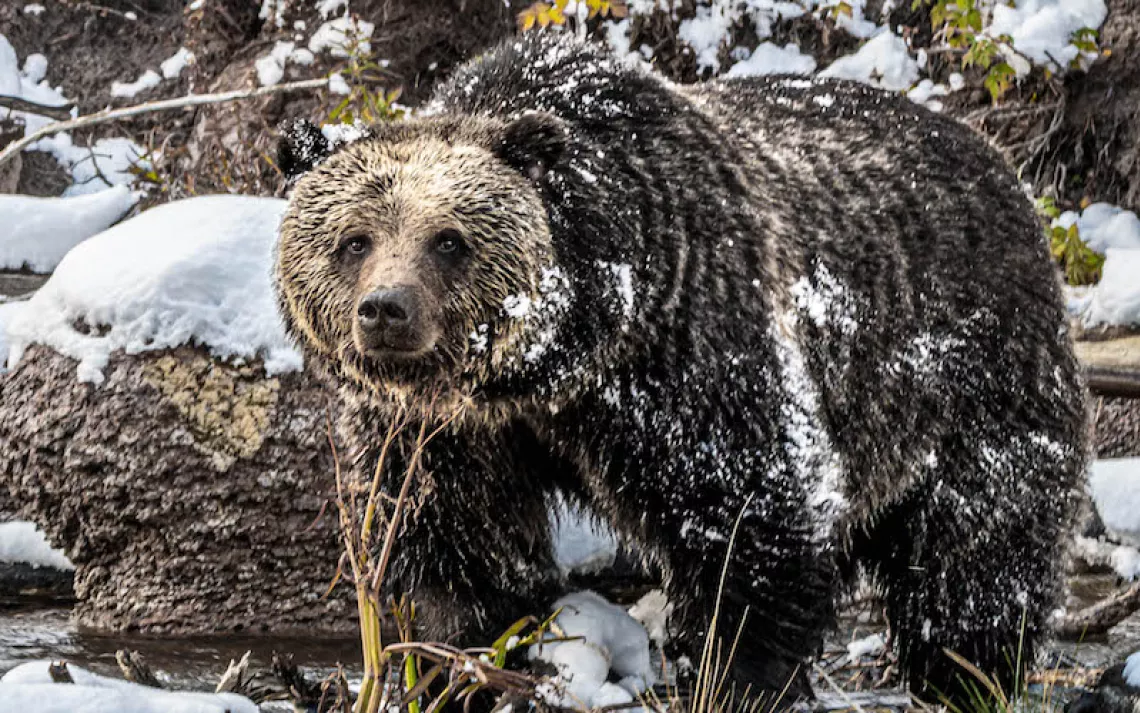Sitka Tribe of Alaska, National Park Service Form Historic Partnership
Tribe will co-manage education programs at Sitka National Historical Park

Ranger showing park guests a totem pole at Sitka National Historical Park. | Photo courtesy of National Park Service
Earlier this April, the Sitka Tribe of Alaska and the National Park Service announced a historic collaboration at Sitka National Historical Park, known locally as “Totem Park.” The Tribe will co-manage the park’s interpretation program, which includes greeting visitors at the front desk, leading interpretative walks and talks, and running natural history and cultural history education programs.
“It’s been a longstanding vision of our tribal council to have some role in the management in Totem Park,” says Lisa Gassman, general manager of the Sitka Tribe of Alaska. “It’s the realization of the vision of our council and the elders.”
David Elkowitz, superintendent of Sitka National Historical Park, looks forward to having a Native American representation at the park. “The Sitka Tribe of Alaska has expressed a long-term interest in seeing Alaska natives working with the park to provide these opportunities,” Elkowitz says. “This community and the park touch each other. They’re one in the same.”
Dating back to 1890, Sitka National Historical Park is the oldest federally designated cultural and historic park in Alaska. The park features 18 totem poles, as well as a Tlingit fort and battleground used in the 1804 Battle of Sitka, during which the Tlingits fought the Russians in the last major Native resistance in Sitka to European domination of the area.
“We have individuals hired now whose grandparents or great grandparents were part of that battle. They feel their ancestors around them,” Gassman says. “We feel an incredible connection to that land. We always have, and we always will.”
Other parks and public lands have partnered with tribes before. Grand Portage National Monument has conducted successive funding agreements with the Minnesota Chippewa for maintenance, research, and construction projects since 1999, and Redwood National and State Parks have funded projects for consultation, trail maintenance, and restoration with the local Yurok Tribe. But the agreement between the Sitka Tribe of Alaska and Sitka National Historical Park is the first such compact supported through an annual funding agreement for park programs. The steady source of funding and support sets a precedent for more robust self-governance by tribes working with the NPS. The funding agreement is being reviewed by Congressional subcommittees, but barring any opposition during the prescribed 90 day period, it will take effect on May 7. Negotiations to renew the funding for fiscal year 2019 are already underway.
Although the agreement is the first of its kind, the mechanisms for tribes to pursue park management have been in place for decades. The Indian Self-Determination and Education Assistance Act was amended in 1994 to allow tribal governments to pursue funding agreements for projects and programs with federal land agencies on lands where the Tribe has a special historic or cultural relationship.
But trailblazing is never easy. “We kind of struggled through it honestly,” Gassman says. “As we were working through the process, we found that there wasn’t any clear guidance in place for what to do.”
According to a 2016 resolution passed by the Congress of American Indians, there are a number of opportunities for tribal collaboration with national parks and preserves, including at Yosemite National Park, Chaco Culture National Historical Park, and Olympic National Park.
“We hope that other tribes will look at the parks in their areas and step forward and move annual funding agreements for programs throughout the country,” Gassman adds. “We’re more than willing to share with any tribes so they don’t have to recreate the wheel.”
There is another way that the Tribe will be telling its story: new uniforms incorporating traditional regalia. The details are not finalized—according the Gassman, the Tribe is considering woven cedar hats, the tribal seal, and a traditional tinaa (copper shield) as a corollary to National Park Service issued hats and badges—but they will definitely feature the Sitka tribal colors of red and black.
“It’s exciting to think about our employees there to provide great services and be able to wear our colors and tell our story,” Gassman says.
 The Magazine of The Sierra Club
The Magazine of The Sierra Club



